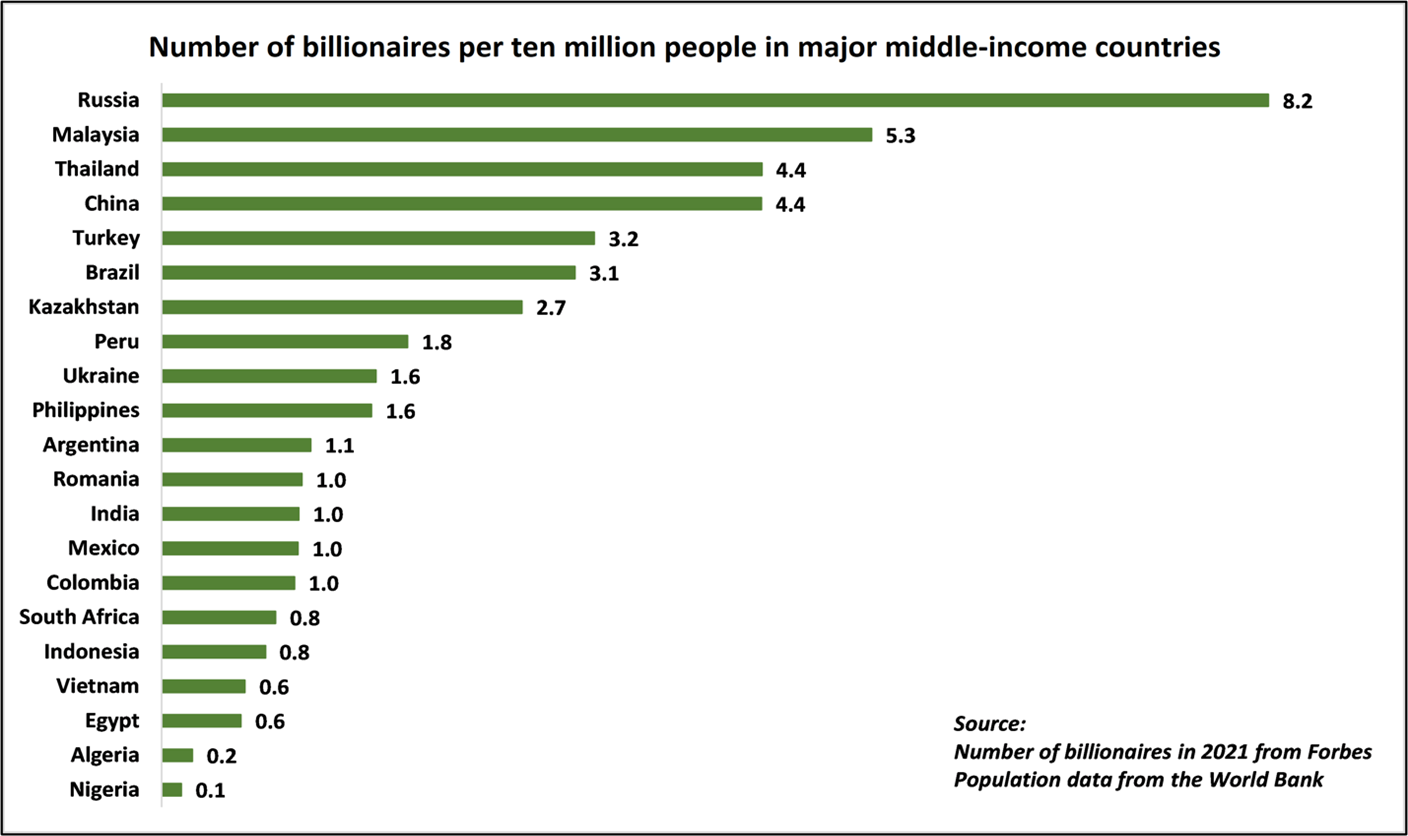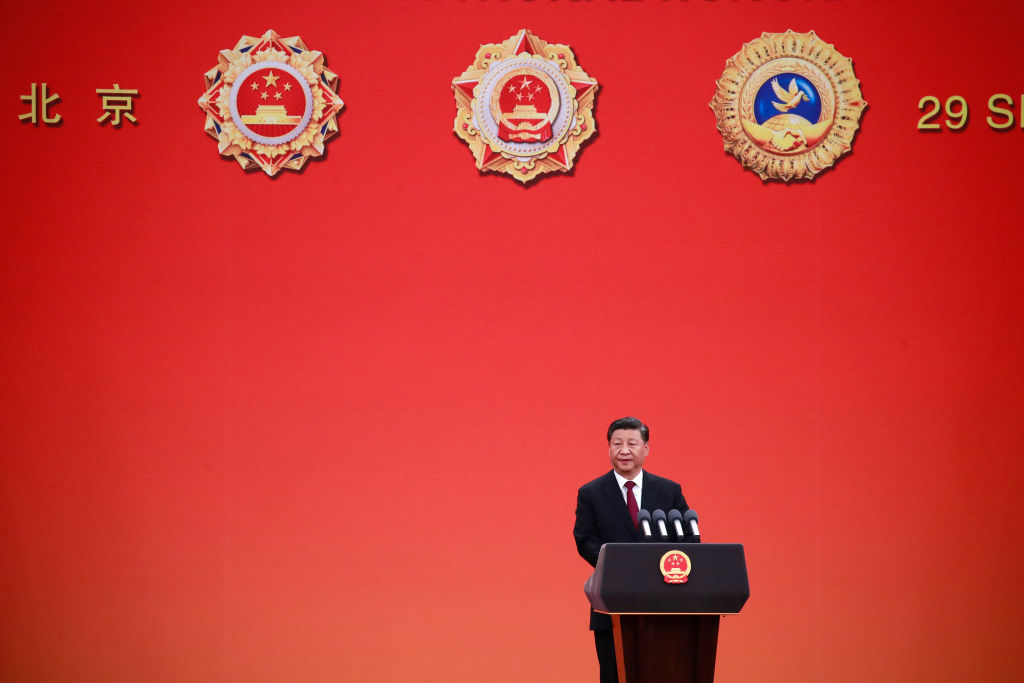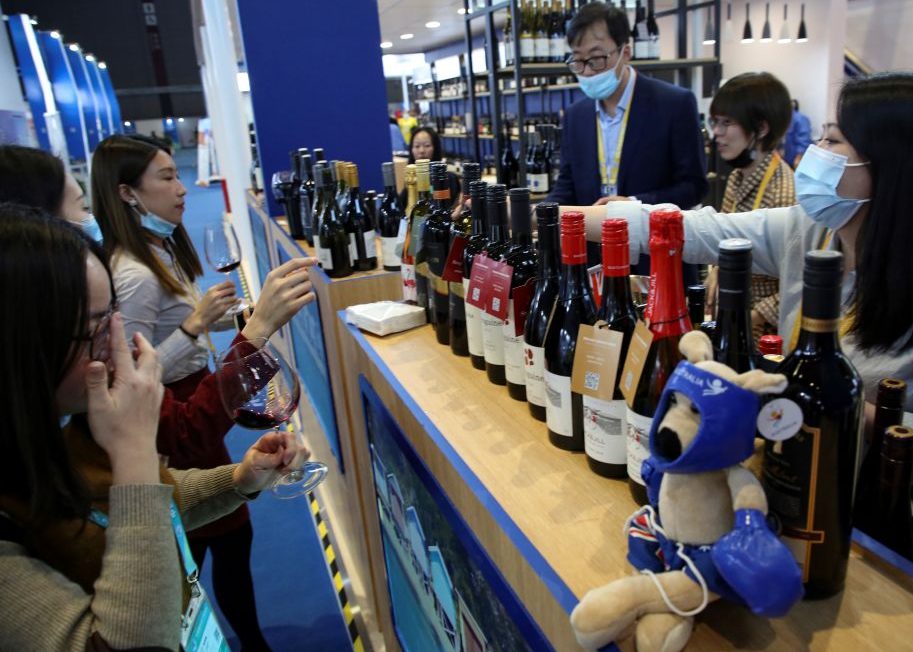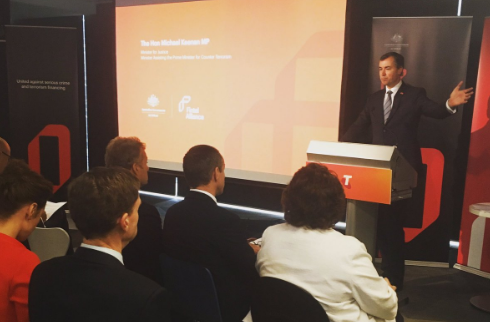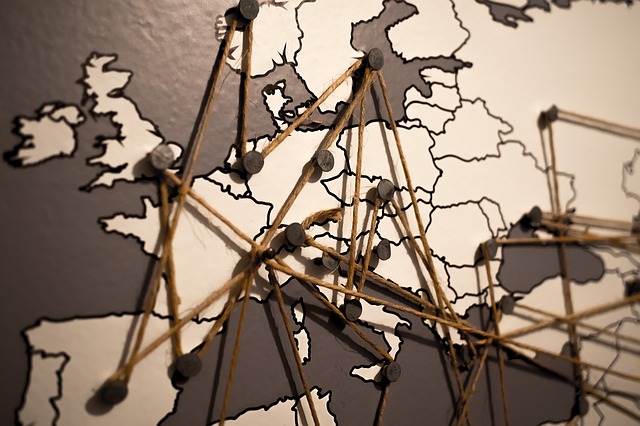The death of Davos?
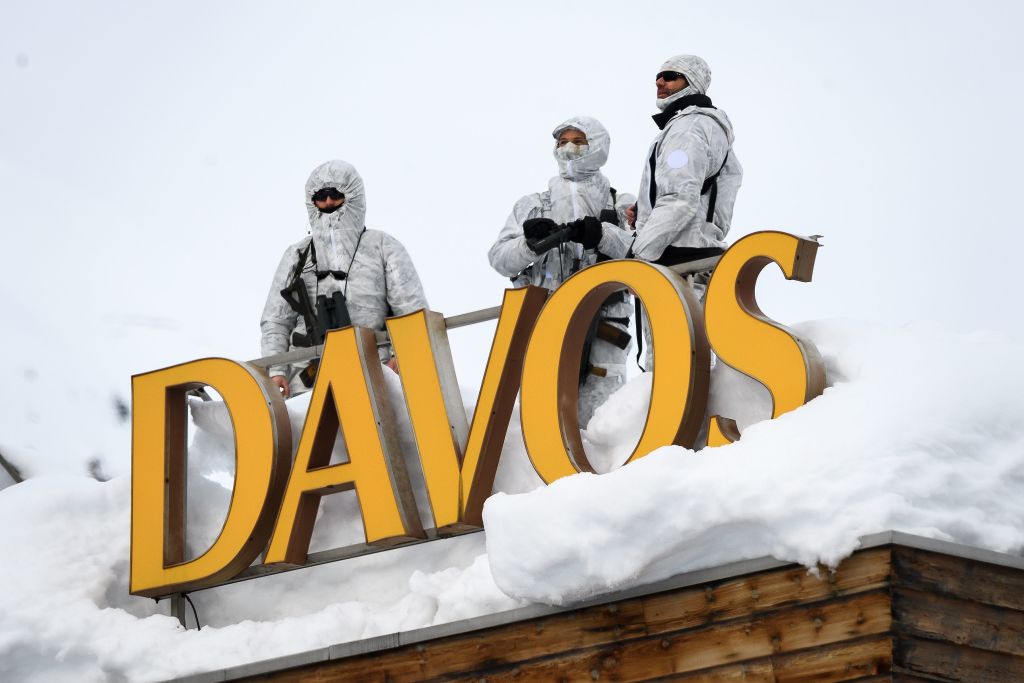
Now that we have entered a new period of geopolitical conflict, protectionism and regionalism, one wonders whether the cosmopolitan, globalised world of Davos is gone forever. Returning after a two-year pandemic-induced hiatus, this year’s World Economic Forum meeting in the Swiss Alps was a shadow of its former self.
In previous decades, the event was brimming with optimism. New peace agreements were forged, emerging markets were propelling themselves towards prosperity and democracy was on the march. As New York Times columnist Thomas Friedman famously put it, the world seemed increasingly ‘flat’, with all the old hurdles to international interconnectivity disappearing.
It was all somewhat hyped, as was typical of that era. Few really believed that an earthly paradise was around the corner or that history had really ended. But there was no denying that things were looking up and that Davos was the place to go to pay homage to the spirit of the time.
This year, the weather was grey and drizzly, and the talk was of war, sanctions, inflation and supply shortages. The International Monetary Fund’s managing director, Kristalina Georgieva, sought to reassure everyone that she does not expect an economic recession. But depression was the dominant mood in most of the formal and informal discussions.
Pessimism certainly seems justified. With no end in sight to Russia’s war on Ukraine, any engagement with the Russian economy or the Kremlin will remain off limits for large parts of the world—and certainly the West—for the foreseeable future. China’s trajectory, meanwhile, has become increasingly uncertain. My guess is that the country’s leadership is feeling rather uneasy about President Xi Jinping’s recent commitment to a ‘no limits’ friendship with Russia, not to mention his zero-Covid strategy, which has locked down Shanghai—China’s centre of dynamism—and exacerbated the country’s mounting economic problems.
But it’s not all doom and gloom. The fight against Covid-19 has been a triumph for science and ultimately for the idea of an open global economy. Yes, the inequities in the distribution of vaccines, treatments and tests will leave a stain on the international community’s response; but the initial wave of trade restrictions and vaccine nationalism has given way to more cooperation. The past two years have underscored the value of global scientific cooperation, open markets and well-functioning supply chains.
The pandemic offers important lessons for managing future challenges, particularly climate change. While recent developments have injected some pessimism into the climate debate, there may yet be a silver lining. Rapidly rising oil and gas prices are creating powerful incentives to accelerate the transition to renewable and alternative energy sources. If science could deliver on vaccines, it should also be able to deliver on the climate challenge. Already, there is a growing awareness that the problem warrants urgent attention.
Digitalisation has also made significant strides during the pandemic. Sweeping lockdowns gave everyone a crash course in digital tools. The technologies and processes adopted during the pandemic will transform many economic sectors for years to come. At the global level, cross-border data flows are booming and continuing to grow annually by double-digit figures.
Even surveying the bleak political landscape, one can find the occasional bright spot. For example, Finland’s and Sweden’s applications for NATO membership have renewed the alliance’s credibility and relevance, and strengthened transatlantic relations. And the European Union, having exceeded its own expectations in marshalling support for Ukraine, is now emerging as a critical pillar in the European security order. While major challenges lie ahead, the EU now has a strong foundation on which to build.
More broadly, the democratic West has regained some of its lost vigour and moral clarity in its firm, united opposition to Russia. With Russia continuing to commit the international crime of aggression (as well as numerous atrocities), its support in the United Nations General Assembly has dwindled to just a handful of outlaw regimes.
Looking ahead, the critical international issue will be how to maintain global cooperation on global challenges. Russia will be out of the picture but China will remain a key player alongside increasingly relevant countries like India. It remains to be seen what, if anything, will emerge from the ruins of the G20 this year. The creation of a new grouping with a more relevant membership would not be the worst outcome.
The old Davos glory days are certainly gone. Far from becoming flat, the world has become scattered with new trenches and barriers. But it is not all bad. The current mood of depression may be as unwarranted as was the previous ebullience. We should focus on being realistic and clear-eyed about the mounting global challenges we face. If we can manage to do that, we may yet prevail over them.


